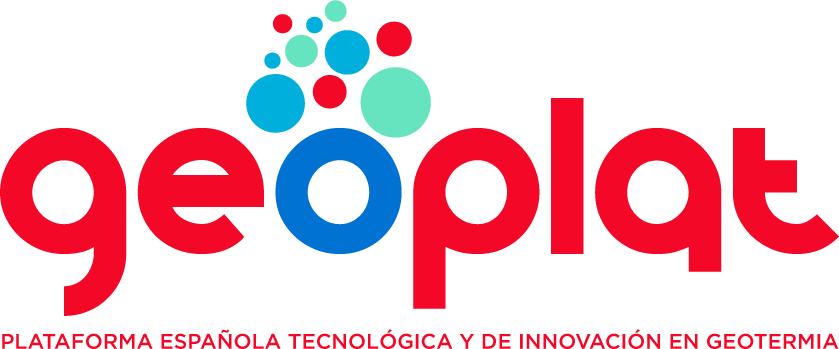24 Apr 2015
Global gathering celebrates the continuing success story of global growth in both geothermal power generation and heat production
The largest gathering of the global geothermal community, the World Geothermal Congress 2015, highlights the sector’s continuing growth and its important contribution to the movement towards a sustainable energy future.
Delegates heard that Europe has huge potential for both power and heat, is the birthplace of the technology, and is still one of the world leaders in terms of expertise. In spite of this, the market is merely growing steadily instead of booming, whilst Europe’s neighbours forge ahead.
The World Geothermal Congress 2015 concluded today in Melbourne, Australia. Held every five years, the event is the largest and most important gathering of the global geothermal community. More than 1,600 participants are attending a number of short courses, technical presentations, side events, and an extensive exhibition of geothermal companies and organisations from around the world. The event is co-hosted by New Zealand, where a number of short courses and field trips to geothermal plants will take place next week.
At the congress a global update on geothermal installations and development was provided both on power generation and the direct use of heat for the period of 2010 to 2015.
The global geothermal power market continues to grow. Today, there is an installed power generation capacity of 12,635 MW, a figure that has grown by 16% over a 5-year period. It is expected that increase will continue, with installed power generation capacity reaching 21,400 MW in 2020. The main region for geothermal power is Asia & Pacific, with Indonesia, the Philippines, and New Zealand in the forefront. This is followed by North America.
Countries which have seen the most growth in recent years are Kenya, which has added up to 400 MW in capacity, followed by Turkey, adding 306 MW, and New Zealand, which has added an additional 234 MW.
“There is great potential right across Europe for Geothermal power production, which is baseload and flexible” said Philippe Dumas, secretary general of the European Geothermal Energy Council (EGEC) “Often, this potential, and the role for geothermal in balancing the grid goes unrecognised. Projects have also struggled due to lack of financial support and policy measures.”


The direct use of geothermal has seen a massive 45% growth since 2010, with installed capacity now reaching 70,330 MWth spread across 82 countries, up from 48,500 MWth five years ago. The utilisation of geothermal energy for direct use of heat has helped prevent emissions of 148 million tonnes of CO2 annually.
Slightly more than half of the direct use globally comes from Ground Source Heat Pumps (GSHP), with balneology accounting for 20%, and space heating for 15% (89% of this is used for district heating). There has been a significant increase in the number of countries making use of GSHP, from 26 in 2010 to 48 in 2014; the leading countries in terms of installed capacity are, in descending order, the USA, China, Sweden, Germany, and France. This has also helped create employment, with 34,000 person years now spent in 52 countries annually.
In Europe, where 50% of energy consumption is for heat, concerns about gas and security of supply are growing. The search for a local, secure, and steady supply of energy is leading to an increased interest in geothermal heating and cooling, particularly geothermal district heating, which has excellent potential in Central and Eastern Europe and is also being investigated in non-traditional areas. Barriers such as a lack of appropriate financing models and unfair competition with fossil fuels have held back development in the past, but this situation is improving.
For media details and pictures of the event see: www.geothermalpress.com
Source: EGEC
